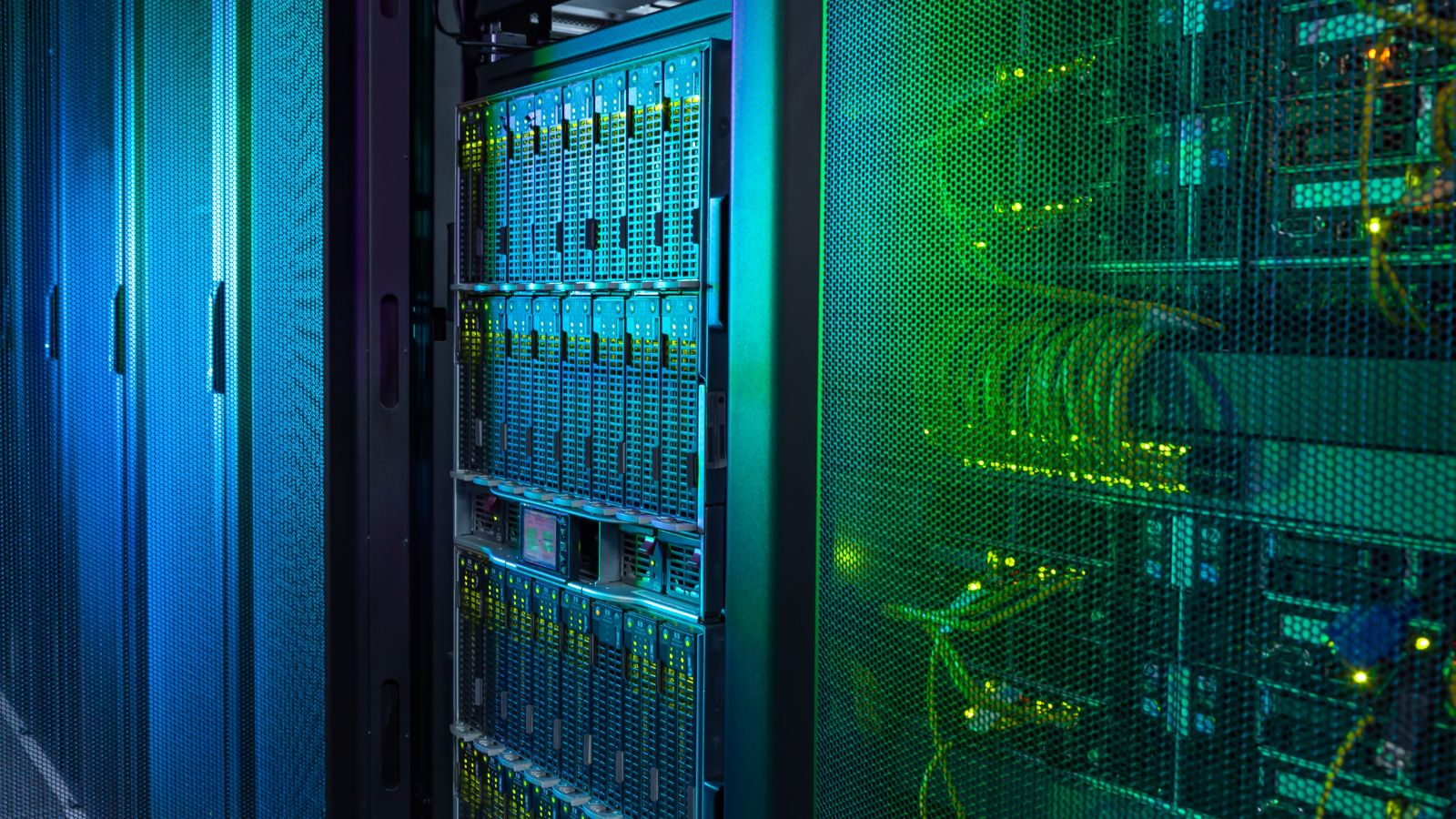The human brain is an extraordinary organ, full of complexity and wonder, and it continues to intrigue scientists and researchers. Its intricate functions influence every aspect of our lives, from basic survival instincts to complex cognitive abilities. This collection of fascinating facts about the brain will deepen your appreciation for the organ that orchestrates everything your body does.
The Brain Has No Pain Receptors

OHSU’s brain institute states the brain itself lacks pain receptors, so it can’t feel pain. This explains why brain surgery can be performed on a patient that is awake. When you get a headache, pain receptors in your head, around your skull, send pain signals- but not the brain itself!
Brain’s Storage Capacity Is Equivalent to 2.5 Petabytes

Your brain has an astounding storage capacity and can store memories and information throughout your life. Medanta says, “A “petabyte” means 1024 terabytes, or a million gigabytes, so that the average adult human brain can accumulate the equivalent of 2.5 million gigabytes of memory.”
It Generates Up to 70,000 Thoughts per Day

Psychology Today reveals that, on average, your brain produces 70,000 thoughts daily. Many of these thoughts occur rapidly and subconsciously- for example, you see that it’s raining and immediately grab your raincoat, but you don’t necessarily need to think it through!
Your Brain Can Recognize a Face in Just 100 Milliseconds

Humans are highly social animals that live in groups, so they have brains that are skilled at fast and accurate facial recognition and can accomplish this feat in just 100 milliseconds. This skill is vital in recognizing friends, enemies, caregivers, and dependents- and responding accordingly.
It Uses 20% of Your Body’s Oxygen and Calories

Despite representing only 2% of your body’s weight, the brain consumes 20% of all the oxygen and calories your body takes in. Taking the “lion’s share” of such resources highlights just how much work your brain does and its importance, as The National Library of Medicine revealed.
The Brain Generates Dreams During REM Sleep

Everybody dreams, but did you know that dreams predominantly occur during REM (rapid eye movement) sleep when you’re technically asleep, but brain activity is heightened? Despite significant research, The Sleep Foundation states that we still don’t fully understand how dreams are created or their purpose.
It Can Change Its Structure and Function

A phenomenon called neuroplasticity allows the brain to adapt and change its structure and function in response to emotional trauma, life experiences, relationships, and injuries throughout a person’s life. This helps it to learn, adapt, and recover- and helps make human beings an extremely versatile species.
The Brain Has 86 Billion Neurons

Neurons are the nerve cells in your nervous system responsible for sending electrical messages. Your brain houses a network of 86 billion neurons. It sounds impressive, but don’t start boasting just yet; this number is fairly “expected” for the type of intelligent primate we are (PNAS). Sorry!
Neurons Can Generate Electricity

Talking of neurons, did you know that your brain cells can generate electricity by themselves, merely by pumping ions through specialized ion channels or “gates”? LiveScience explains that this independent electrical activity is crucial for nerve transmission. Impressive!
It’s Mostly Fat

John Hopkin’s Medicine reveals that an average human adult brain weighs 3 pounds and is about 60% fat. Water, protein, carbohydrates, and salts constitute the other 40%. The inner brain area is called “white matter,” whereas the peripheral parts are named “grey matter.”
Brains Are Faster Than the Fastest Computer

While it may be just a 3lb blob of soggy fat, the human brain can process information much faster than even the most advanced computers. While, on paper, a supercomputer should theoretically outperform a human brain, in reality, your brain performs tasks 100 times faster.
It’s Responsible For Consciousness

Like many aspects of brain psychology, the science of why and how consciousness developed isn’t fully understood. According to the Stanford Encyclopedia of Philosophy, the brain plays a central role in generating our sense of self and awareness of our individuality.
The Brain Is a Great Pattern Spotter

Being visual creatures, humans are particularly good at spotting visual patterns and other recognizable features that are not immediately apparent. A good example is a strong ability to see faces hidden in artistic works and even in everyday scenes like buildings or clouds.
Brain Synapses Outnumber Stars in the Milky Way

Nerve cells pass on chemical and electrical messages at junctions between each other called synapses. According to The Scientific American, the brain has over 100 trillion synapses, surpassing the number of stars in our galaxy. This vast number of connections is essential for it to simultaneously perform a huge number of varied and complex tasks.
It Sends More Messages Than All the World’s Telephones

National Geographic states, “Your neurons create and send more messages than all the phones in the entire world.” So, every day, the trillions of synapses we just learned about are constantly being put to use, sending commands, collecting data, and passing on vital information.
The Brain Can Power a Lightbulb

Your waking brain constantly generates around 12-25 watts of electricity – enough to power a small light bulb. According to The Dent Neurologic Institute, glucose is the power source that generates this electricity, so sugars are essential for brain activity.
It Relays Information at 120 Meters per Second

Information travels swiftly within your brain, with some insulated neurons capable of relaying information at speeds of up to 120 m/s, as published by the BBC. This rapid processing enables quick decision-making and reactions- which is vital to our evolutionary survival.

